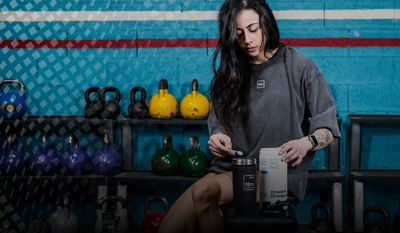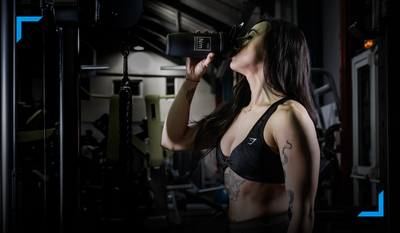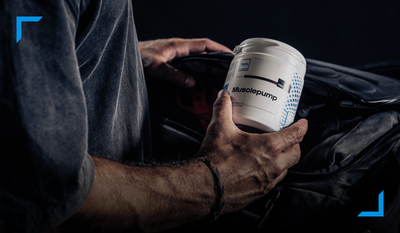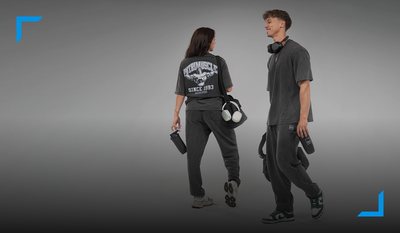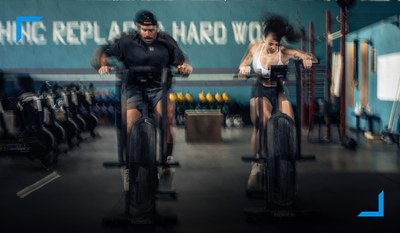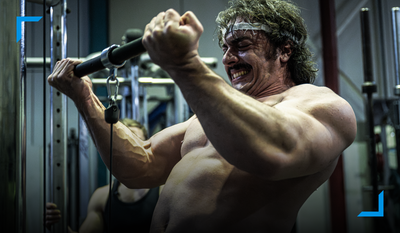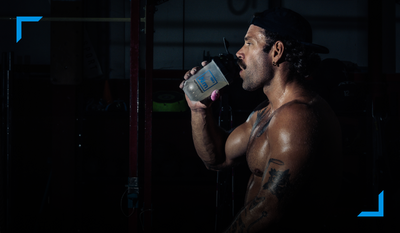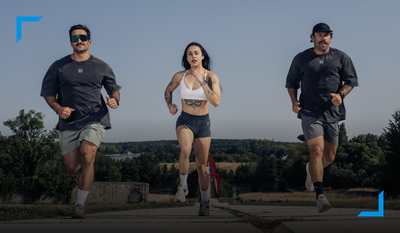0 commentaires
In any discipline, there are several significant steps to work on your strengths and weaknesses. Michel Gillot, coach and physical trainer at INSEP, gives you his advice on how to improve the organization of your training sessions and make them more productive.
Contents :
- Analyze the prerequisites of your discipline
- Do a diagnostic evaluation
- Interpret your results correctly
- Chronological aspect
1 - Analyze the prerequisites of your discipline
First, you must correctly analyze the requirements and prerequisites of your discipline. For example, you must identify which muscle group must be engaged (at which angles, in which ways, speed of execution of the movements) or even how to adapt the discipline to the sector.
Example : Marathon = endurance; strength sports = anaerobic alactic (based on the compensation of ATP reserves in the body.
2 - Do a diagnostic evaluation
The next step is the move to diagnostic assessment. This evaluation will allow you to know if your physical qualities are sufficient or not, with regard to what the discipline you practice requires. Then the question of testing comes into play: How and what to test?
In general, most tests are already analyzed and written. Like for example, that for endurance on a bike, which will determine the maximum aerobic speed (VMA). But you will also have to do tests that are more specific to your needs. In order to really assess your strengths and weaknesses, it is important to create tests adapted to your discipline. The results must be as close as possible to your abilities and skills.
3- Interpret your results correctly
After taking the tests, remember to correctly interpret your results. You get good or bad scores but compared to whom and what? You should know that there are different profiles depending on your disciplines that can be expressed. You may ask yourself the question: what level of endurance do I need for my discipline?
It is important to identify what qualities you have and what your profile is: if you have a profile with very little explosiveness or strength but you are enduring, you can develop a strategy in relation to these weak and strong points. Of course, a very weak point will be a limiting factor to the overall development and progression in your discipline.
4- Chronological aspect
From the moment you have really identified your strengths and weaknesses (adapted to the discipline and your profile), you must put things in chronological order. The questions you will have to ask yourself: when is my fight, my race? How long do I need to reach my final goal?
If you have very little time, you should focus on your strengths right away. If you have more time, this may be an opportunity for you to work on your weak points and come back to your strong points afterwards. Obviously, in times when you work on your weak points, you must nurture your strong points. It's never just the weak points or the strong points. It is necessary to vary in the work of physical qualities.
But beware : In working on strengths and weaknesses, certain physical qualities worked on at the same time can cancel each other out, or even cause injury. We must always remain vigilant.





